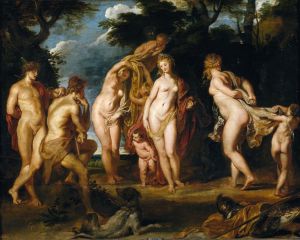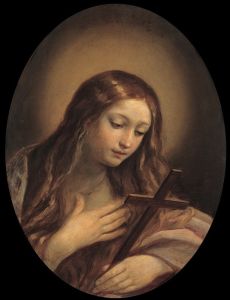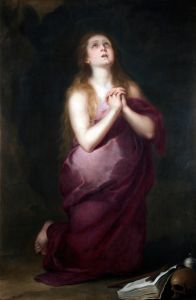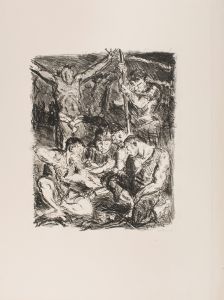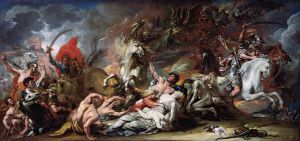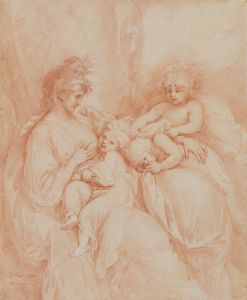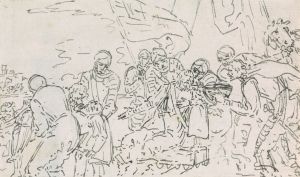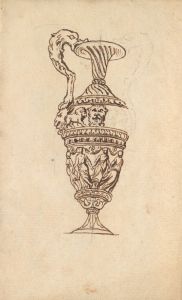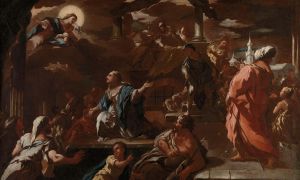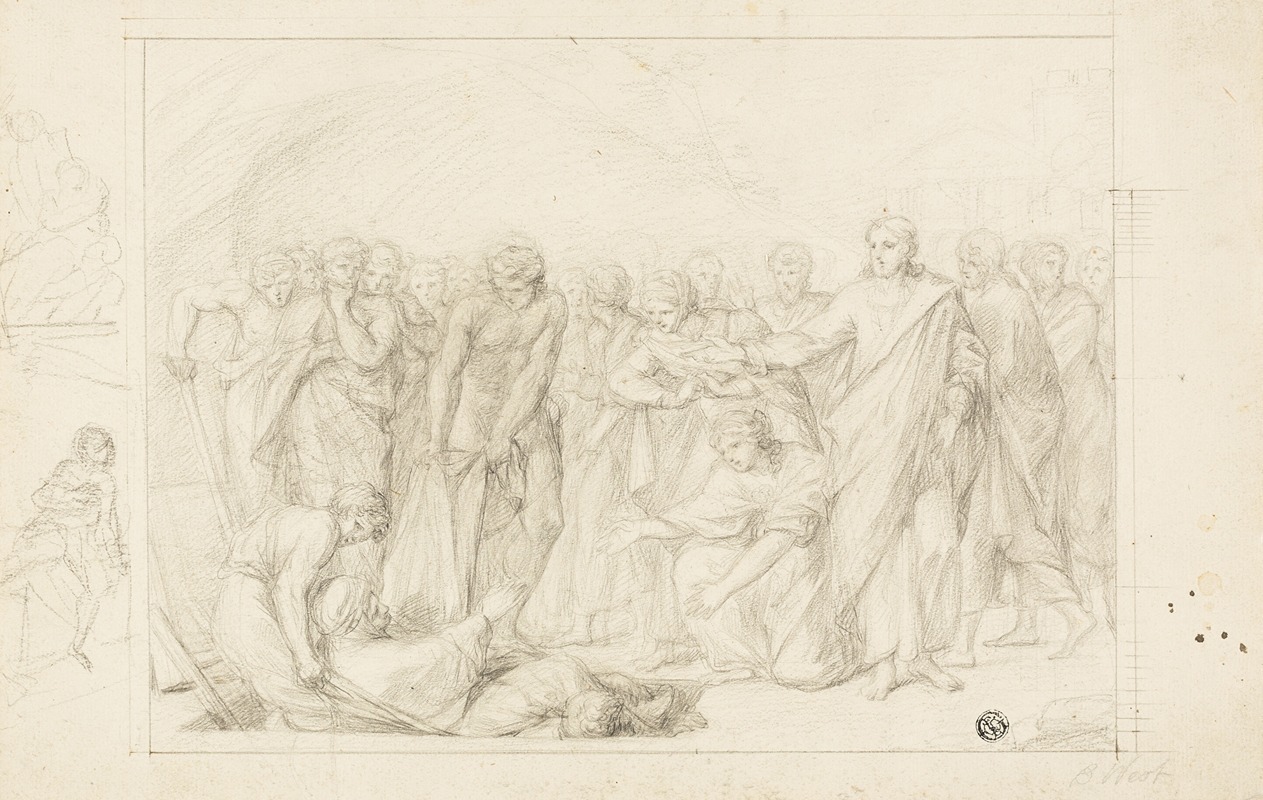
Death of Ananias
A hand-painted replica of Benjamin West’s masterpiece Death of Ananias, meticulously crafted by professional artists to capture the true essence of the original. Each piece is created with museum-quality canvas and rare mineral pigments, carefully painted by experienced artists with delicate brushstrokes and rich, layered colors to perfectly recreate the texture of the original artwork. Unlike machine-printed reproductions, this hand-painted version brings the painting to life, infused with the artist’s emotions and skill in every stroke. Whether for personal collection or home decoration, it instantly elevates the artistic atmosphere of any space.
Benjamin West's Death of Ananias is a significant oil painting created in 1770 by the renowned Anglo-American artist Benjamin West. The painting depicts a dramatic biblical scene from the New Testament, specifically Acts 5:1–11, where Ananias, a member of the early Christian community, is struck dead for lying to the apostles about the proceeds of a property sale. This event is portrayed as a divine punishment for his dishonesty and lack of faith.
The composition of the painting reflects West's mastery of neoclassical and historical styles, which were prominent during the 18th century. The scene is set in a grand architectural space, reminiscent of classical Roman or early Christian interiors, emphasizing the solemnity and gravity of the event. At the center of the painting, Ananias is shown collapsing to the ground, his body contorted in a dramatic pose that conveys the suddenness of his death. Surrounding him are the apostles, with Saint Peter prominently positioned, gesturing authoritatively as he addresses the gathering. The expressions of the onlookers range from shock and fear to solemn contemplation, capturing the emotional intensity of the moment.
West's use of light and shadow enhances the dramatic effect of the scene. A divine light appears to illuminate the apostles, particularly Saint Peter, symbolizing their spiritual authority and connection to God. In contrast, Ananias is depicted in darker tones, emphasizing his fall from grace. The painting's composition and use of chiaroscuro reflect West's skill in drawing the viewer's attention to the central narrative while maintaining a sense of depth and realism.
Death of Ananias was one of the works West created during his time in England, where he gained fame as a history painter and became the second president of the Royal Academy of Arts. The painting was commissioned as part of a series of biblical works intended to demonstrate the compatibility of religious themes with the grandeur of history painting. West's ability to merge classical techniques with contemporary sensibilities helped establish him as a leading figure in the art world of his time.
The painting is now part of the collection of the Tate Britain in London, where it continues to be appreciated for its artistic and historical significance. It serves as an example of West's contribution to the development of history painting and his role in shaping the neoclassical movement in the late 18th century.





